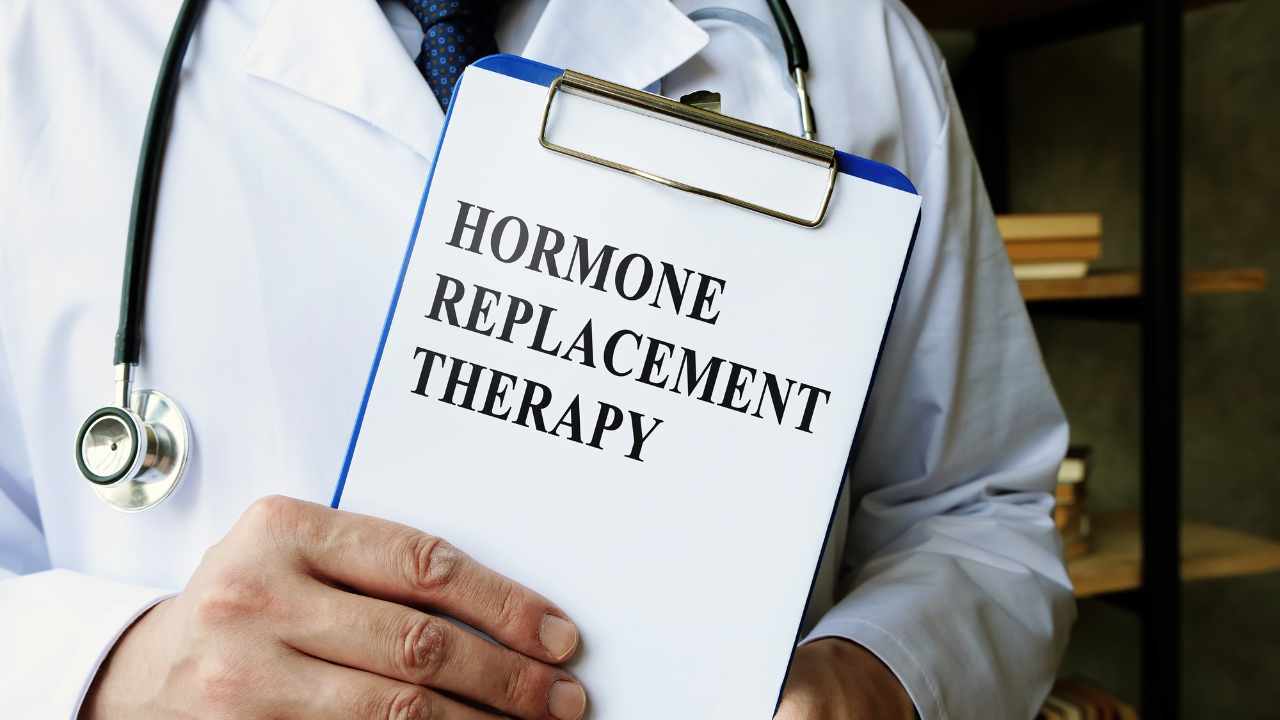
Testosterone is a crucial hormone in the human body, responsible for various functions such as muscle development, bone density, and libido. However, as individuals age or due to certain medical conditions, testosterone levels can decline, leading to symptoms like fatigue, decreased muscle mass, and reduced sexual desire. This is where Testosterone Replacement Therapy (TRT) comes into play, offering a solution to restore optimal testosterone levels and improve overall well-being.
Introduction to Testosterone Replacement Therapy (TRT)
What is TRT?
Testosterone Replacement Therapy, commonly known as TRT, is a medical treatment aimed at increasing testosterone levels in individuals with low levels of this hormone. It involves various methods of administering testosterone, tailored to each person’s needs and health status.
Who needs TRT?
TRT is typically recommended for individuals experiencing symptoms of low testosterone, such as fatigue, decreased muscle mass, erectile dysfunction, and mood swings. It is essential to consult with a healthcare professional for proper diagnosis and treatment planning.
Benefits of TRT
TRT offers several benefits to individuals with low testosterone levels, including:
Improved mood and energy levels
One of the primary benefits of TRT is the improvement in mood and energy levels. Many people report feeling more energetic, motivated, and mentally focused after starting TRT.
Increased muscle mass and strength
Testosterone plays a crucial role in muscle development and strength. TRT can help individuals regain muscle mass and enhance physical performance.
Enhanced libido and sexual function
Low testosterone levels can lead to decreased libido and sexual dysfunction. TRT can improve sexual desire, performance, and overall satisfaction in both men and women.
Types of TRT
TRT can be administered in various forms, including:
Testosterone injections
Injections are a common method of delivering testosterone into the body. They are usually given every few weeks under medical supervision.
Testosterone patches
Patches are applied to the skin and deliver a steady dose of testosterone throughout the day. They are convenient and easy to use.
Testosterone gels
Gels are applied to the skin and absorbed into the bloodstream. They are a popular choice for TRT and allow for precise dosing.
Risks and Side Effects of TRT
While TRT offers numerous benefits, it is essential to be aware of potential risks and side effects, including:
Acne and oily skin
Increased testosterone levels can sometimes lead to acne and oily skin. Proper skincare and monitoring can help manage these side effects.
Fluid retention
TRT may cause fluid retention, leading to bloating and weight gain in some individuals. Monitoring fluid intake and dietary adjustments can help mitigate this issue.
Increased risk of blood clots
In rare cases, TRT can increase the risk of blood clots. It is crucial to inform healthcare providers of any existing medical conditions or family history of clotting disorders.
TRT for Men vs. Women
While TRT is commonly associated with men, it can also benefit women with low testosterone levels. However, the treatment approach and dosage may differ between genders.
Differences in treatment approach
Women may require lower doses of testosterone compared to men. Healthcare providers consider factors such as hormone balance and individual health status when prescribing TRT.
Effects on hormone balance
TRT in women aims to restore hormone balance and alleviate symptoms like fatigue, low libido, and mood changes. It is essential to monitor hormone levels regularly during treatment.
Eligibility and Consultation for TRT
Before starting TRT, individuals undergo a thorough medical evaluation, including blood tests to assess testosterone levels and overall health status.
Medical evaluation and testing
Healthcare providers evaluate symptoms, medical history, and test results to determine eligibility for TRT. They also assess potential risks and benefits based on individual needs.
Discussing benefits and risks with a healthcare provider
It is crucial to have open and honest discussions with healthcare providers about the benefits, risks, and expectations of TRT. This helps individuals make informed decisions about their treatment.
Cost and Insurance Coverage for TRT
The cost of TRT can vary depending on the method of administration, frequency of treatments, and insurance coverage.
Expenses associated with TRT
TRT expenses may include medication costs, doctor visits, laboratory tests, and follow-up appointments. It is essential to consider these factors when planning for TRT.
Insurance policies and coverage options
Many insurance plans cover all or part of the expenses related to TRT. It is advisable to check insurance policies and inquire about coverage options before starting treatment.
Lifestyle Changes and Supportive Measures Alongside TRT
In addition to TRT, making lifestyle changes and incorporating supportive measures can enhance the benefits of treatment.
Diet and exercise recommendations
Maintaining a healthy diet and regular exercise routine can complement TRT by promoting overall well-being, weight management, and physical fitness.
Mental health support
Addressing mental health concerns such as stress, anxiety, and depression is essential for holistic well-being. Counseling, therapy, and stress management techniques can be beneficial alongside TRT.
Conclusion
Testosterone Replacement Therapy (TRT) is a valuable treatment option for individuals with low testosterone levels, offering benefits such as improved mood, increased muscle mass, and enhanced sexual function. However, it is essential to undergo proper evaluation, discuss potential risks and benefits with healthcare providers, and incorporate lifestyle changes for optimal results.




